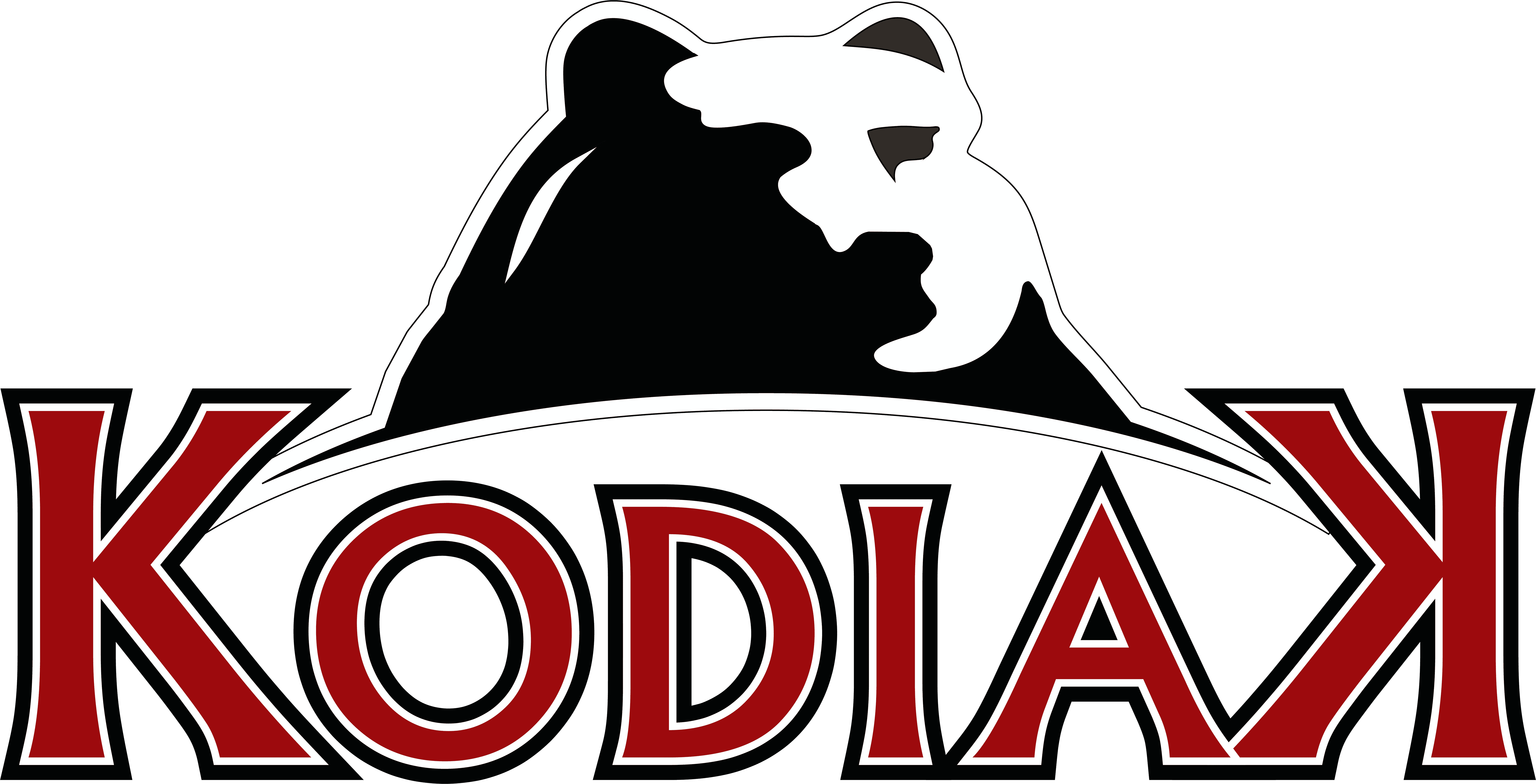Commercial buildings consume a lot of energy, and the roof is one of the most overlooked sources of energy waste. Choosing the right energy-efficient commercial roof can improve your building’s energy performance, lower your operating costs, and support long-term sustainability goals.
This guide explains what makes a commercial roof energy-efficient, the benefits of green roofing systems, and how to make smart decisions when it’s time to re-roof.
What Is an Energy-Efficient Commercial Roof?
Before diving into materials and methods, it helps to understand what defines an energy-efficient commercial roof.
An energy-efficient commercial roof reduces heat absorption, regulates indoor temperatures, and minimizes the strain on HVAC systems. These roofs typically include features such as high reflectivity, quality insulation, and proper ventilation.
A roof can significantly decrease energy use throughout the year by reducing solar heat gain and improving thermal resistance.
Key Benefits of Green Re-Roofing
When done right, energy-efficient commercial roofing systems offer more than just environmental benefits. Here are some of the most compelling advantages:
- Lower utility costs: Cool roofs reflect sunlight and reduce the need for air conditioning.
- Improved indoor comfort: Regulated temperatures improve working conditions year-round.
- Extended roof lifespan: Quality materials and insulation reduce wear caused by thermal expansion and UV exposure.
- Rebate and incentive eligibility: Many states offer tax credits or utility rebates for cool roof installation.
- Sustainability credentials: Energy-efficient upgrades support LEED certification and corporate sustainability reporting.
These advantages make green roofing a smart investment for new and commercial reroofing projects.
Popular Energy-Saving Roofing Options
Not all commercial roofs are created equal. If you’re considering a reroofing project, these are some of the most popular eco-friendly commercial roof options on the market today.
Single-Ply Membranes with Reflective Coatings
Single-ply systems such as TPO and PVC are widely known for their durability and reflectivity. White or light-colored membranes reflect sunlight and help reduce cooling loads.
- TPO (Thermoplastic Olefin): Offers excellent UV resistance.
- PVC (Polyvinyl Chloride): Chemically resistant and fire-retardant, with similar energy benefits.
Many manufacturers offer cool roof versions of these membranes designed for high solar reflectance.
Enhanced Insulation Layers
Proper insulation is key to thermal performance. During commercial reroofing, many owners upgrade their insulation to meet or exceed local R-value requirements.
Improved insulation reduces both heating and cooling demand. It also helps buildings qualify for energy code compliance.
Solar-Ready Roofing Systems
Planning a solar installation in the future? Your re-roofing project is the perfect time to prepare. Solar-ready designs include:
- Optimized slope and drainage
- Conduit pathways
- Compatible membrane and mounting systems
Even if you aren’t ready to install panels now, designing with future solar in mind helps avoid costly retrofits.
Cool Roof Installation Benefits
One of the most widely recognized components of an energy-efficient commercial roof is the cool roof.
Cool roofs are designed to reflect more sunlight and absorb less heat than standard roofs, and can lower surface temperatures by up to 50°F in hot climates.
Advantages of Installing a Cool Roof:
Cool roofs are a proven way to lower building temperatures and energy bills. Installing one can make a noticeable difference in both your operating costs and long-term roof durability.
- Reduced air conditioning demand
- Increased roof membrane lifespan
- Lower heat transfer into building interiors
- Eligibility for rebates in states like California and Nevada
In regions with long, hot summers, cool roofs can dramatically reduce a building’s energy usage and carbon footprint.
Explore energy-efficient commercial roofing options with Kodiak Roofing & Waterproofing. Our team knows how to design roofs for cost savings, compliance, and sustainability.
Understanding Energy Code and ESG Compliance
Energy-efficient re-roofing saves money and is now required in many places. Energy codes like Title 24 in California and the IECC (International Energy Conservation Codes) nationally mandate minimum insulation levels and cool roof standards for commercial buildings.
When reroofing, aligning with energy codes ensures both compliance and reputational value.
Are There Incentives for Green Re-Roofing?
Yes. Federal, state, and utility programs often offer financial incentives for installing energy-efficient commercial roofs.
Some examples include:
- Local utility rebates: Often available for cool roof materials, insulation upgrades, and solar-ready systems
- PACE Financing: Enables property owners to finance energy upgrades and repay through property taxes
Check with your state energy office or local utility for the most current offerings.
Factors to Consider When Planning a Green Reroof
Every building is different. Choosing the right energy-efficient commercial roof means weighing multiple factors during the planning phase.
Evaluate Your Existing Roof Conditions
Before you begin planning your energy-efficient re-roofing project, it’s important to examine the condition of your existing roof closely. This helps determine what upgrades are possible and whether repairs or a full replacement are needed.
- Is your current roof flat or low-slope?
- How many layers are already in place?
- Is the deck or insulation damaged?
These conditions determine whether you need a full tear-off or if an overlay is possible.
Assess Climate and Energy Needs
Understanding your regional climate and the building’s energy demands will help determine the most effective roofing materials and systems for long-term performance and energy savings.
- Hot, sunny climates benefit more from reflective membranes.
- Cold climates may prioritize added insulation.
- Buildings with high HVAC loads gain the most from cool roof upgrades.
Your local climate should influence your material selection and energy-saving priorities.
Identify Long-Term Operational Goals
Understanding your long-term operational goals is an important part of planning an energy-efficient commercial roof. These goals help determine the best materials and systems for both immediate benefits and future flexibility.
Are you looking to:
- Reduce utility costs?
- Qualify for LEED?
- Plan for future solar installations?
Aligning your re-roofing project with long-term goals ensures maximum return on investment.
The Role of Roofing Membrane Color in Energy Efficiency
The color of your roofing membrane significantly affects its solar reflectance index (SRI). Lighter-colored membranes, especially white, reflect more sunlight and absorb less heat.
Choosing the right membrane color can result in lower rooftop temperatures, which reduces the load on your cooling systems. In cooler regions, mid-tone colors may be used to balance reflectivity with heat retention.
How Drainage Design Affects Energy Performance
Efficient water drainage plays a subtle but important role in energy-efficient roofing. Standing water adds thermal mass, which can trap heat and increase cooling costs.
Ensuring proper slope, scuppers, and drains helps extend membrane life and maintain energy performance. This is especially important for vegetative and insulated roofs.
Smart Roof Sensors and Energy Monitoring
New technologies allow building managers to monitor roof performance in real-time. Smart sensors track temperature, humidity, and moisture presence under the membrane.
These tools help identify insulation failures or membrane issues early, ensuring your green roof performs at peak efficiency.
How Roof Ventilation Contributes to Efficiency
Proper roof ventilation helps regulate air movement and prevents heat and moisture buildup in the roof assembly. This supports insulation performance and keeps indoor temperatures stable, which reduces the strain on HVAC systems and improves indoor air quality.
The Importance of Air Barriers and Vapor Retarders
Air barriers and vapor retarders prevent air leakage and moisture infiltration, which can compromise the effectiveness of your roof insulation. Including these components in your re-roofing system enhances thermal resistance and helps protect against mold and condensation.
Choosing Materials with High Reflective Index Ratings
When selecting materials for a green roof, always check for solar reflectance index (SRI) ratings. Materials with high SRI values are better at reflecting solar energy and maintaining lower surface temperatures. This boosts the energy efficiency of your building and extends the life of your roof system.
Green Re-Roofing: The Future of Commercial Roofing
Green re-roofing is no longer a niche consideration. More property owners are seeing the value of investing in energy efficiency upfront to save on utilities, improve tenant comfort, and meet regulatory requirements.
Whether you’re re-roofing a single facility or managing a portfolio, your roof is a high-impact opportunity for sustainable performance improvements.
With multiple cool roof installation benefits, eco-friendly commercial roof options, and growing support through tax credits and utility programs, going green during a roof upgrade is easier than ever.
Partner with Kodiak Roofing for Long-Term Roofing Success
Kodiak Roofing & Waterproofing brings decades of proven experience in energy-smart roofing design, installation, and performance. We help property owners and facility managers assess their options, meet energy codes, and unlock long-term savings. Contact us today to discover how our commercial services can help you add energy efficiency to your building.

